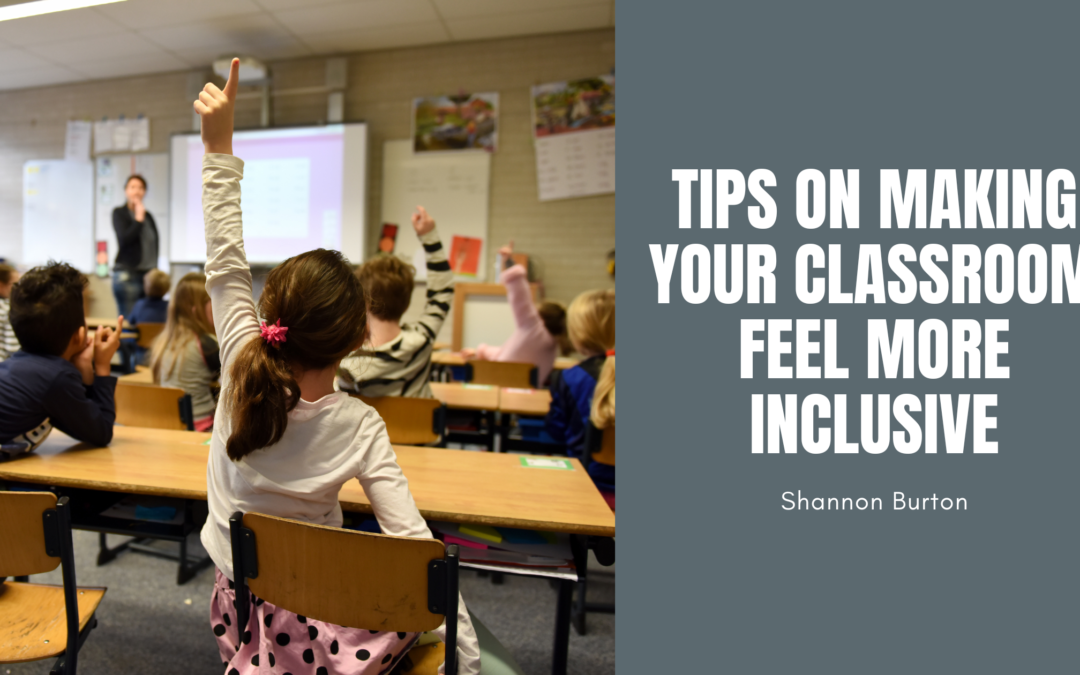The beginning of the school year is a hectic time for teachers as they prepare their students for success– they create bulletin boards, write lesson plans, and laminate name tags. Teachers know that the most important days of school for a student are within the first couple of days. This is why teachers everywhere should be looking to make their classrooms more inclusive to everyone. Below are some ways that teachers can ensure that their classrooms are a welcome place for all students.
Use inclusive language
When it comes to school, teachers often create forms and handbooks for parents and families. This can help make the process easier for everyone. For instance, they can use terms such as “families and caring adults” instead of “moms and dads.” This ensures that the necessary forms are inclusive of all different types of family structures or gender identities.
Make sure your library is diverse
Reading books can be a great way to expand students’ knowledge of experiences they might not regularly face. Make sure that students have access to books that are both inclusive and reflect their lives. These can include books with characters that are disabled, people of color, or in the LGBTQ+ community. Make sure that the books your students read challenge stereotypes they may have.
Develop an anti-bullying agreement
Make sure that the school’s bullying policies explicitly identify groups that are disproportionately affected by harassment or bullying. This can help prevent students from being put down based on their race, sexual orientation, or gender identity.
Make sure to model inclusive language.
Instead of using terms such as “boys and girls,” try using terms such as “students,” “friends,” or “scholars.” These can be used to refer to individuals of all different identities.
Group students by something other than gender
There’s no need for boys’ and girls’ separate cubbies. If you have to group kids up, it’s better to divide them into different kinds of groups, such as those according to their birth month, the color of their clothes, and alphabetical by name. That ensures that students that no student feels singled out if they feel they don’t fit that particular label.

